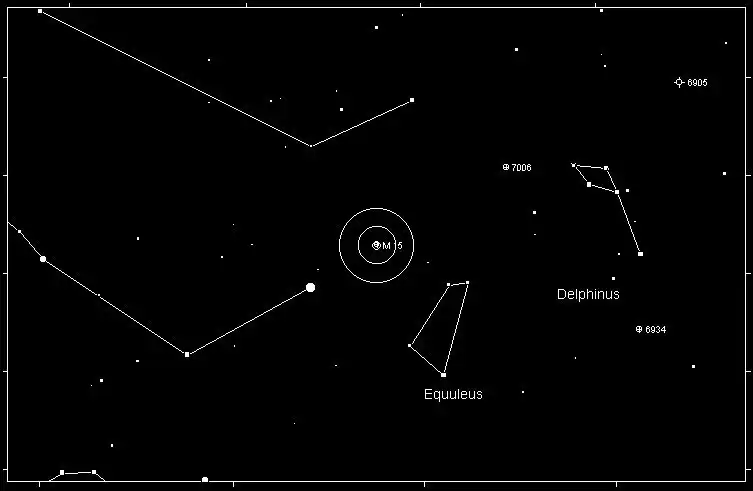Messier 15, also known as M15 or NGC 7078, is a stunning globular cluster located in the constellation Pegasus. Discovered in 1746 by the Italian astronomer Jean-Dominique Maraldi, M15 has since been admired as one of the densest known globular clusters in the Milky Way. With a magnitude of 6.2, it is visible through binoculars and small telescopes under good viewing conditions, making it a popular target for amateur astronomers.
Magnitude and Physical Characteristics
M15 has an apparent visual magnitude of 6.2, which places it at the edge of naked-eye visibility in very dark skies. With binoculars, it appears as a faint, fuzzy patch, while a telescope reveals its densely packed stars. It lies at a distance of about 33,600 light-years from Earth and spans approximately 175 light-years across. This cluster contains over 100,000 stars, including several notable variable stars, and is famous for its exceptionally dense core, which may harbor a rare type of black hole.

When to Observe M15
M15 is best observed during the late summer and early autumn months in the Northern Hemisphere, typically from August to October. It rises in the eastern sky as the evening begins and remains visible until early morning. The best viewing times are from late evening to midnight when the cluster is high in the sky and away from the horizon's atmospheric distortions.
Location: The Pegasus Constellation
M15 resides in the constellation Pegasus, which is easily recognizable by its distinctive asterism, known as the Great Square of Pegasus. Pegasus is a large and prominent constellation in the autumn sky for Northern Hemisphere observers, and M15 is located near the star Enif, which is the brightest star in Pegasus, marking the horse's nose.
How to Find M15
To locate Messier 15, first, find the Great Square of Pegasus in the night sky. The Great Square is a prominent asterism formed by four bright stars. From there, trace a line westward to the star Enif, which has an orange hue and is easily recognizable. M15 is located about 4 degrees northwest of Enif, roughly a third of the way along a line drawn between Enif and the star Delta Pegasi (Scheat).
For telescope users, begin with low magnification to spot M15 as a faint, fuzzy object, then gradually increase the magnification to resolve more individual stars and the central core. In larger telescopes, M15’s dense star population and compact core become more pronounced, providing an impressive view.

History
M15 has a rich observational history. It was first cataloged by Jean-Dominique Maraldi in 1746 during a comet-hunting expedition. Charles Messier later added it to his famous catalog of nebulous objects in 1764. Over the years, M15 has been extensively studied due to its intriguing characteristics, including its dense core and the presence of a planetary nebula, Pease 1, which is a rare feature for a globular cluster.
Modern observations have revealed that M15 is not just densely packed but may also host a central intermediate-mass black hole. The cluster’s core collapse has led to intense gravitational forces, making M15 a subject of ongoing study to understand the dynamics of such systems.
In addition, M15 contains a high number of variable stars, with more than 100 identified. Many of these are RR Lyrae-type variables, which are often used as standard candles to measure distances in the universe.
Messier 15 is a fascinating globular cluster with a rich history and significant scientific interest. It offers amateur astronomers a chance to observe a dense star cluster and explore the mysteries of globular clusters. With its location in the Pegasus constellation and its prominence during autumn, M15 provides an exciting viewing opportunity for stargazers during the cooler months of the year. Whether through binoculars or a telescope, M15 is a stellar spectacle that never fails to impress.
